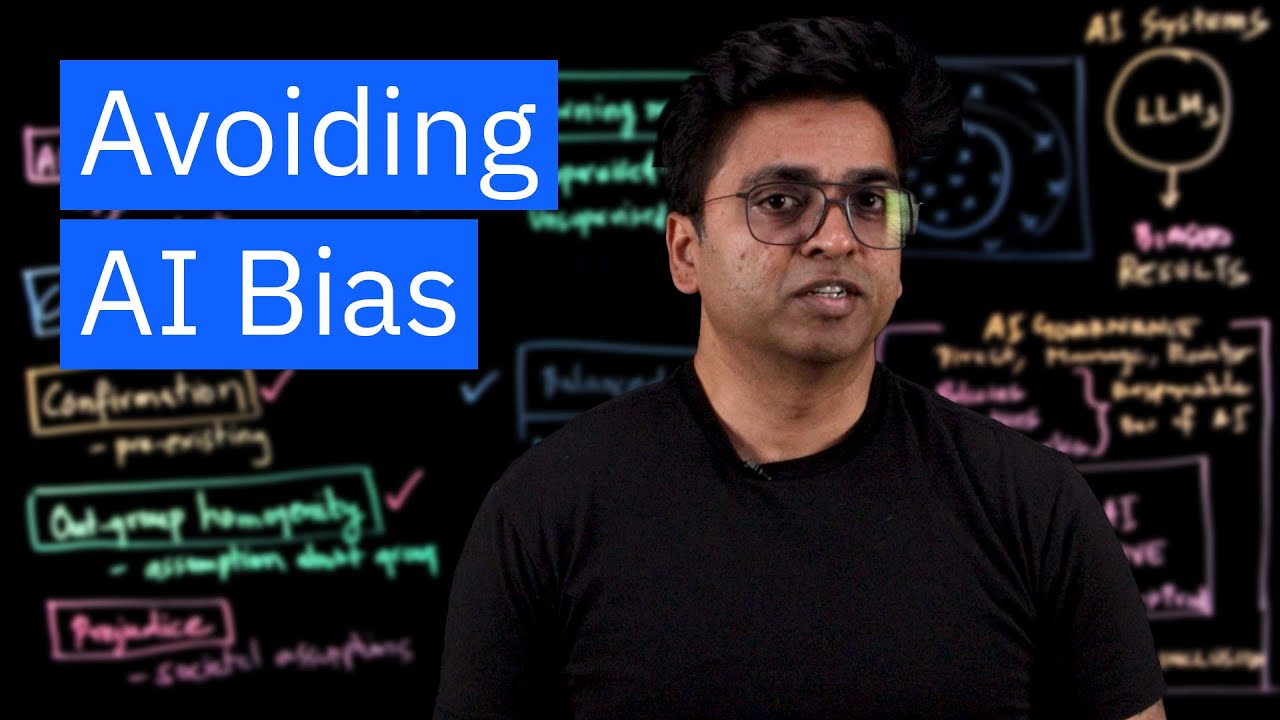The video highlights the benefits of generative AI, such as increased productivity and efficiency, while emphasizing the critical issue of AI bias, which can perpetuate existing societal inequalities. It advocates for robust AI governance, diverse stakeholder involvement, and continuous monitoring to mitigate biases and ensure the development of fair and equitable AI systems.
The video discusses the significant impact of generative AI on various sectors, highlighting its benefits such as enhanced productivity, the ability to perform complex tasks, and quicker time-to-value for enterprises. However, it also addresses the associated risks that come with this technology, particularly focusing on AI bias. The speaker emphasizes that while generative AI offers numerous advantages, it is crucial to recognize and mitigate the risks, especially those stemming from bias in AI systems.
AI bias, also known as algorithmic bias, refers to the tendency of AI systems to produce biased results that reflect and perpetuate existing human biases and societal inequalities. The video outlines several types of biases, including algorithm bias, cognitive bias, confirmation bias, outgroup homogeneity bias, prejudice, and exclusion bias. Each type is explained with examples, illustrating how these biases can inadvertently influence AI outcomes and lead to unfair or discriminatory practices.
To combat AI bias, the video stresses the importance of AI governance, which involves establishing policies, practices, and frameworks to manage and monitor AI activities within an organization. Effective governance ensures responsible AI development and helps detect issues related to fairness, equity, and inclusion. The speaker advocates for a structured approach to identifying and addressing bias, emphasizing that it requires ongoing effort and vigilance.
The video also suggests practical methods for creating bias-free AI systems. One key recommendation is to ensure a diverse set of stakeholders is involved in selecting training data for supervised learning models. Additionally, it highlights the importance of forming balanced AI teams that represent various demographics and perspectives. This diversity can help mitigate biases in decision-making processes related to data selection and algorithm development.
Finally, the video underscores the necessity of continuous monitoring and data processing to prevent biases from creeping into AI systems over time. It suggests that organizations should regularly assess their AI applications and consider employing third-party assessment teams to evaluate bias detection. By adopting these practices, enterprises can work towards developing fair and unbiased AI systems that align with evolving societal norms and values.
